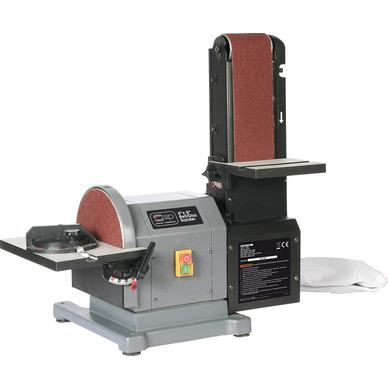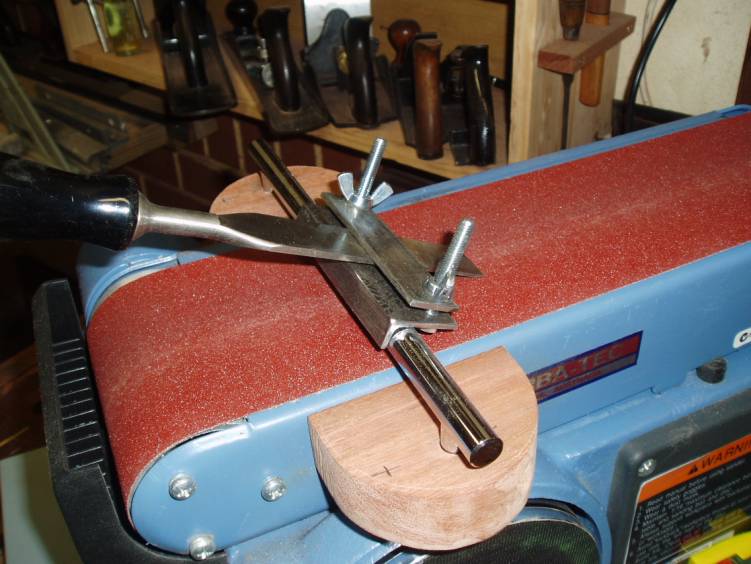David C":3ryjrwhl said:Don't use gouges much. Generally in cannel.
Many people make fancy ones for woodturning gouges though, like Tormek.
David
I had that tormek jig at one point. It is slow, tedious and generally too coarse working for really sharpening carving tools. It takes seconds on each grit to do them freehand, or following an old text just sharpening on a single washita stone and if needed, touching up the very edge with a burnisher or "a strop with emery" as the book suggests.
People who refuse to sharpen freehand are just making things infinitely harder and more onerous for themselves, and at the same time, limiting what they can sharpen to what they can buy for. if they sharpen freehand, within months, they can quickly figure out how to sharpen anything.
of course, that requires someone to buy a reasonable and more practical sharpening stone for gouges than soft waterstones, which some people are averse to because they "need fast cutting sharpening stones", as they have trouble separating honing from grinding.

































